
Desperately long lines – if I were to sum up what became of my hometown now.
It has been six days since the typhoon hit. There is still no water, electricity, cellphone signal, or internet connectivity in most parts of my hometown. Everyone is lining up for drinking water, water to be used for daily activities, money, charging stations, and gas. If I am able to post this, it would be because of my brother and I’s efforts to drive to the city.
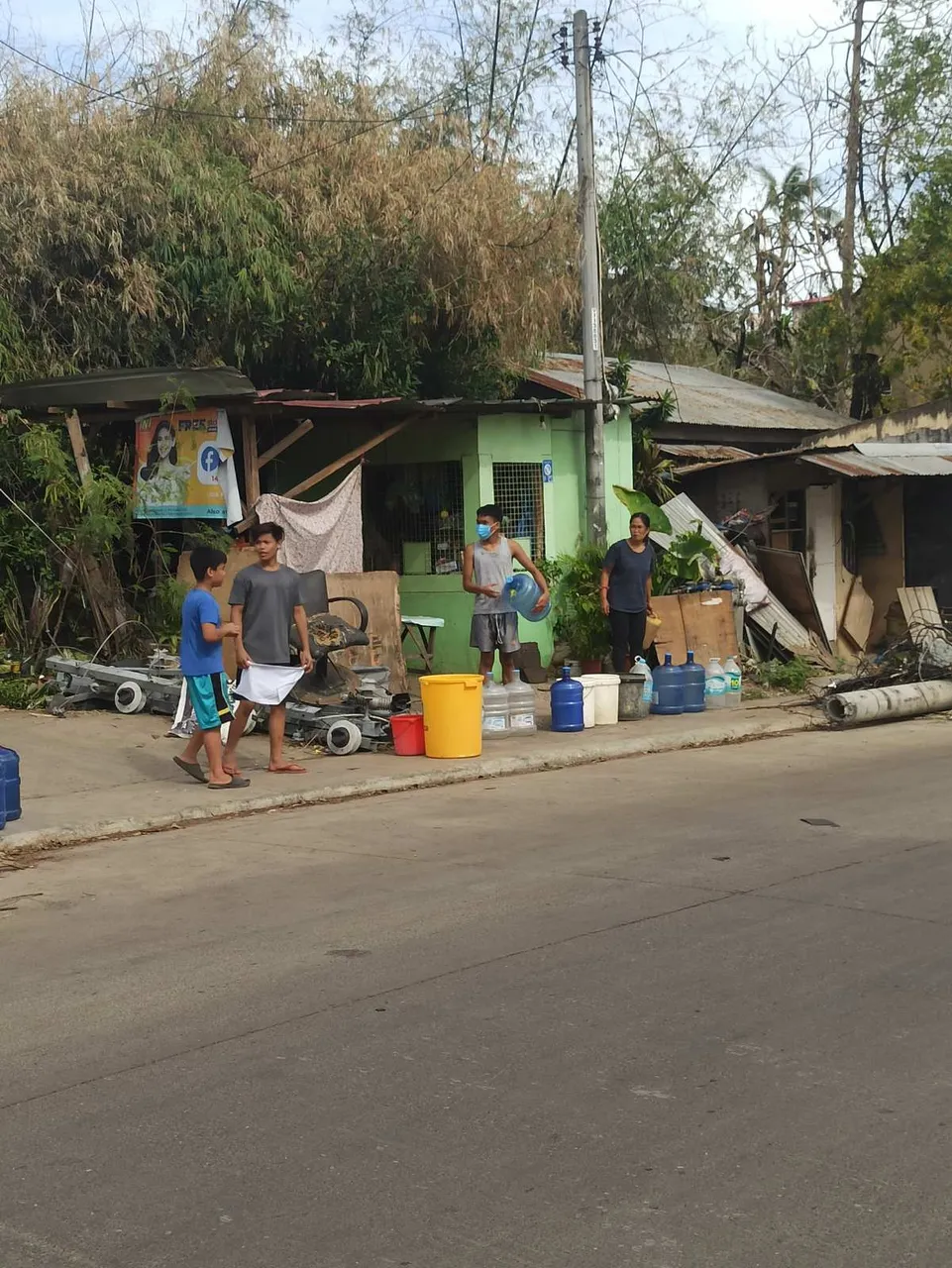
The day after Odette hit, my mom and I drove to my grandma’s house to get water. They have a deep well that fetches water from underground. Luckily, they were able to accommodate our two 10-L containers. We were also able to pass by a water station right before they closed. We bought each container for 140 pesos (2.79 USD) each. Realizing that those won’t last us for the week, we scrambled for another drinking water source. Supermarkets ran out of drinking water. We were able to ask a food stall in the grocery store if we could buy their drinking water supply. A 500-mL bottle which usually costs 9 pesos (0.18 USD) in grocery stores were priced at 20 pesos (0.40 USD) each. We didn’t mind, so long as we had supplies that could reach us through the week. Right after we bought 25 bottles, five people came near us to ask where we got the bottles, we immediately told them that we bought them from the food stall. They hurried through the stall but we didn’t know if they were able to buy bottles for themselves.
Right now, 500 mL bottles have been priced at 69 pesos each (1.38 USD). Price freeze, who that?

Up to now, you will see a lot of people bringing their gallons of containers lining up for the nearest clean water source. There have been efforts by the local government to mobilize firetrucks to ration water all over the province. There are also businesses that share a bit of their water with the communities near their area. Politicians have also used their power to bring mobile water stations near homes. While the heart is in the right place, a politician along with a party list, have brought rationed drinking water near my area. Unfortunately, their mobile water vehicle was used to carry petroleum products. The water they gave was dirty and it smelled bad.
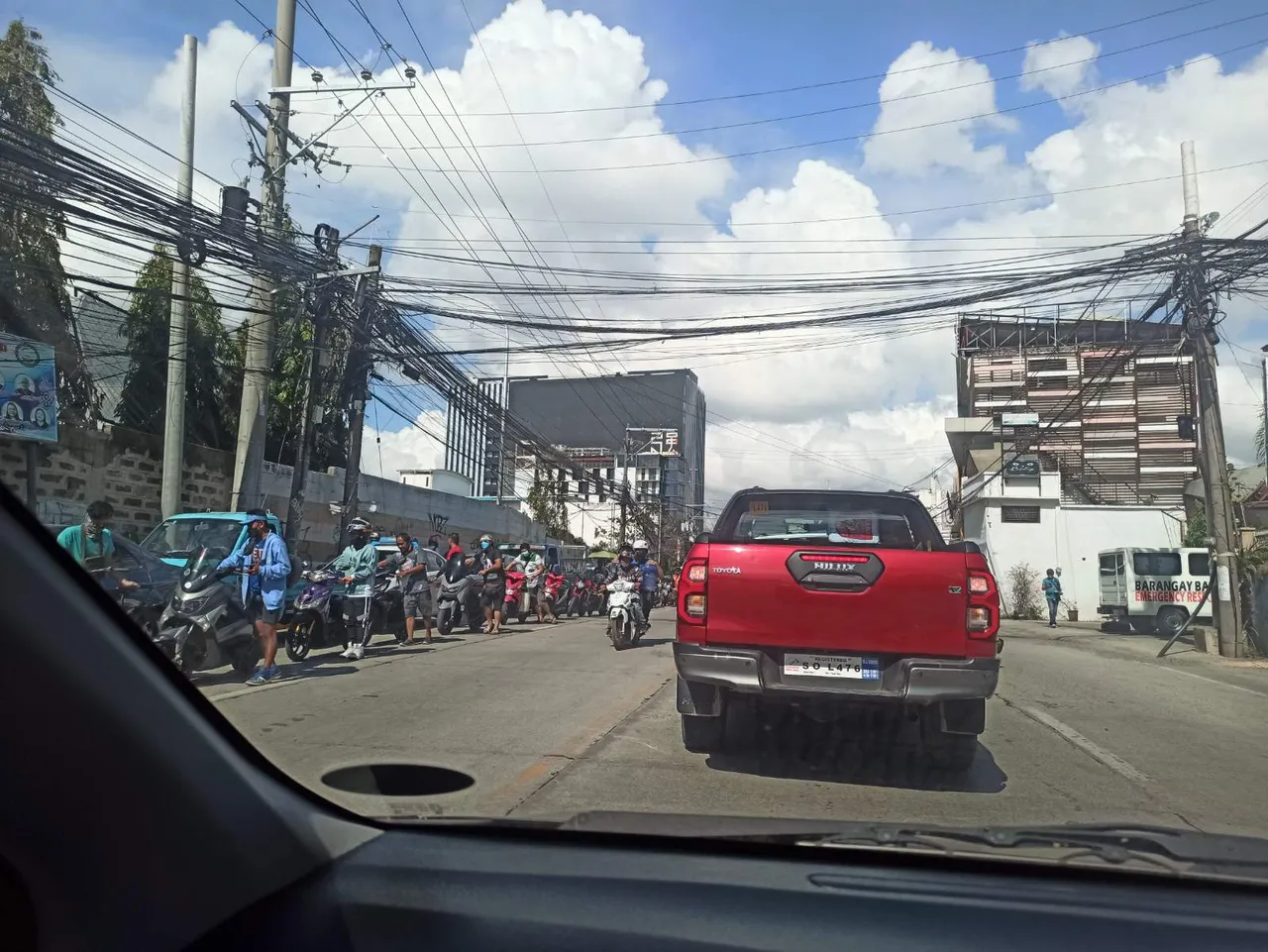
People are lining up as early as 4 am only to be entertained five hours after to get their cars tanked with gas. As luck would have it, this line of cars and motorcycles is more than a kilometer long, occupying half of the street which causes horrible traffic jams – wasting the gas they spent several hours lining up for. From 58 pesos (1.16 USD) per liter, prices have jacked up to 120 pesos (2.39 USD) per liter. So far, traffic has improved in the small streets, but still tight on the main roads.
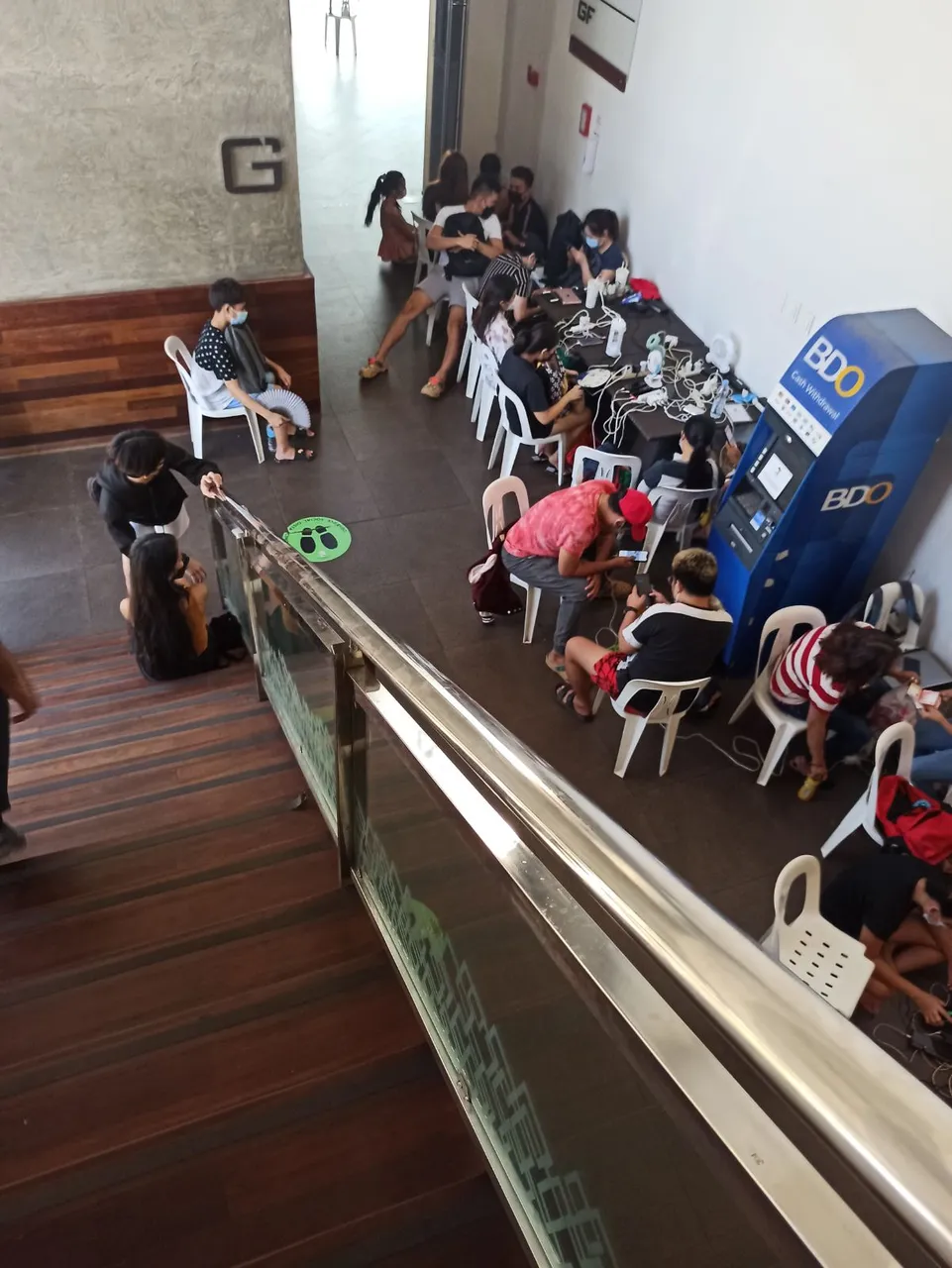
For commercial spaces, they have working generators and people have been bringing their extension cords with them. They have occupied every electric socket available and have taken the opportunity to charge their electronic devices. This was my situation when I went to Seda Hotel in IT Park to charge my electronics. Luckily, the situation has improved in the Banilad and Talamban areas. Electricity has been up in some of these areas.
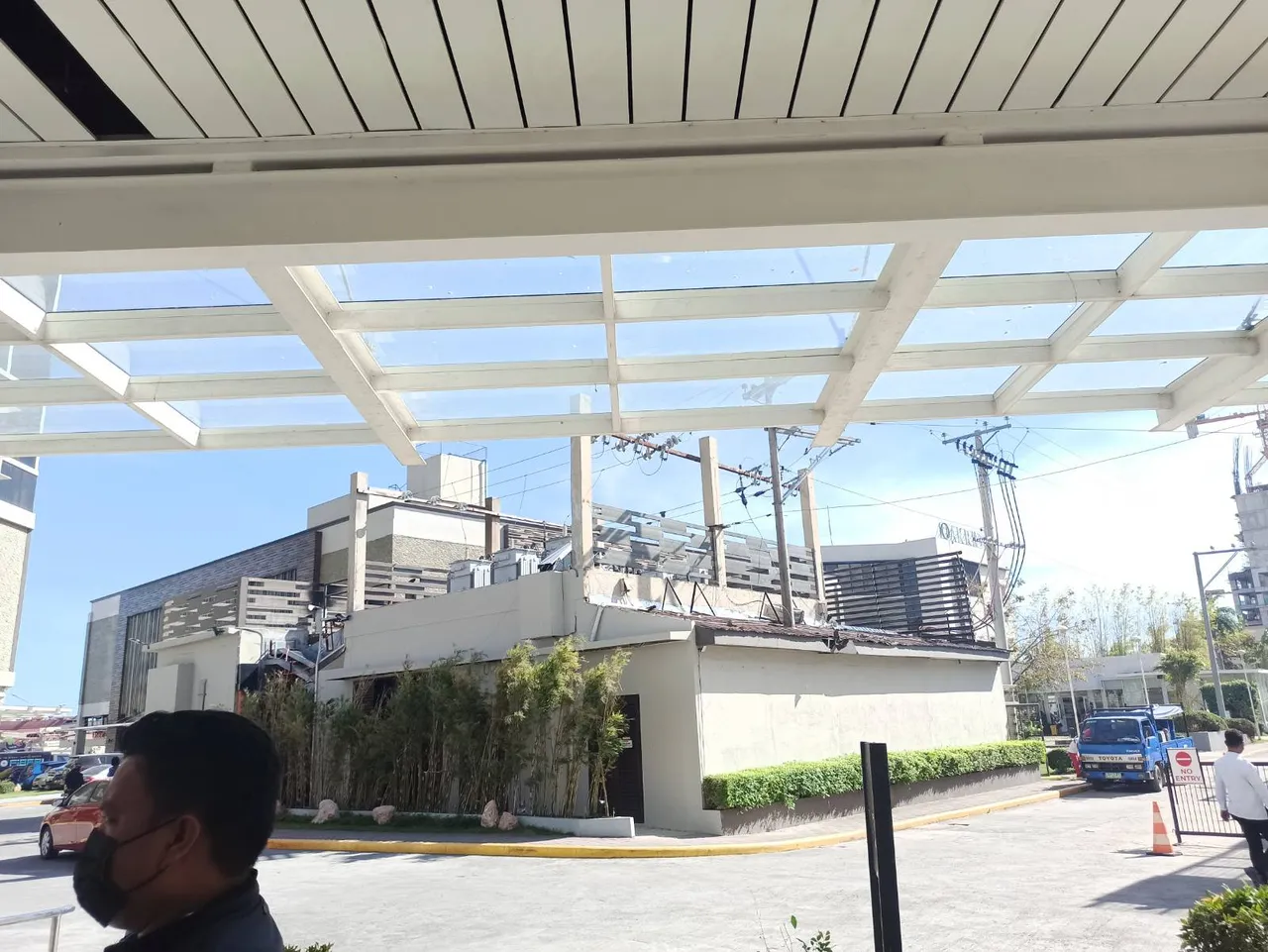
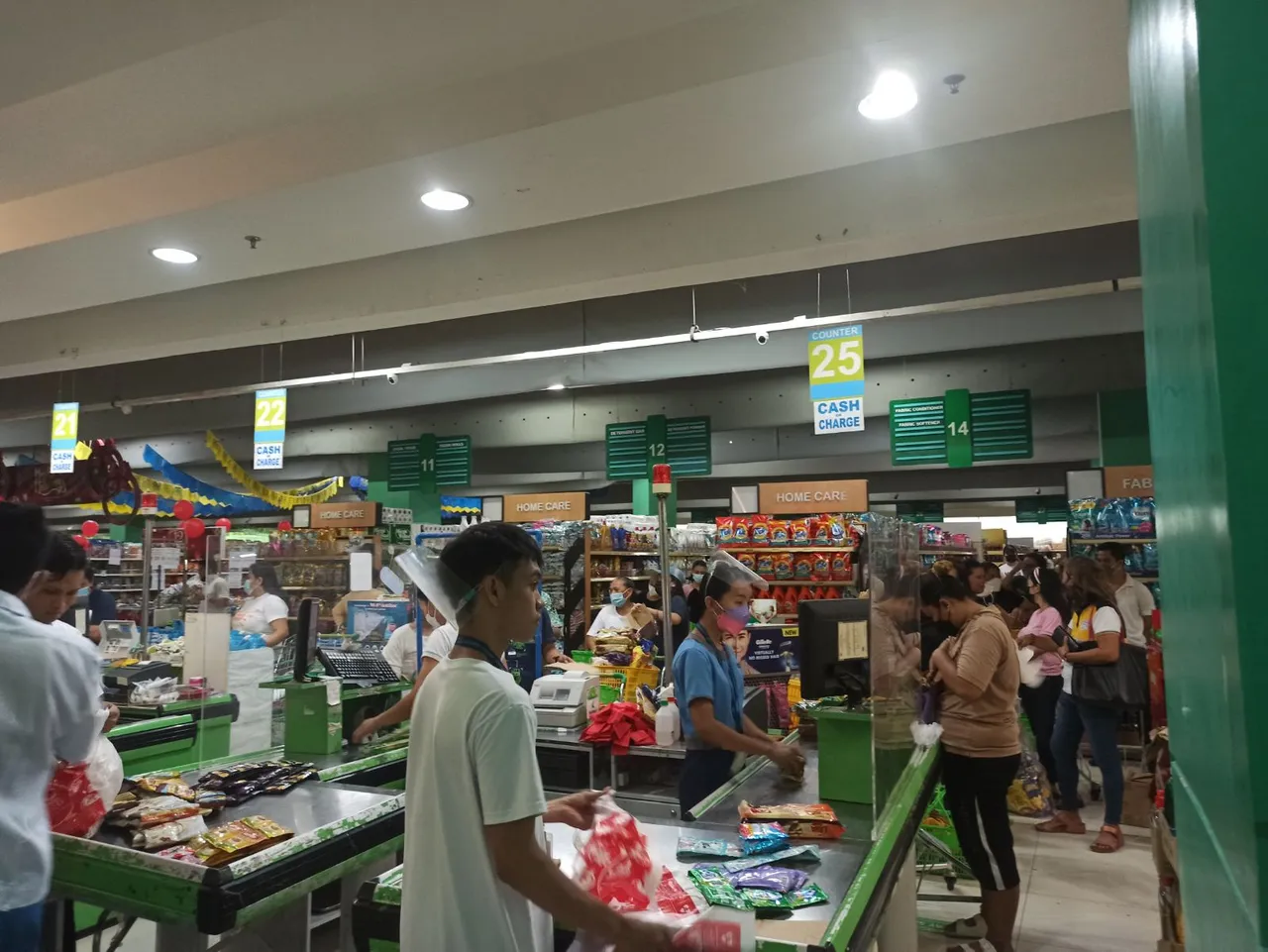
Most grocery stores are open, but almost all the necessary supplies are running out. Drinking water and bread have been scarce. Canned goods supply has been okay, thank goodness. With electricity still limited, people can rely on canned goods for sustenance. Inside, since the store is running on minimum generator power, air-conditioning is turned off. People are lining up for minutes inside, with grocery staff and customers dripping in sweat lining up in queues.

Only a few banks have opened. Since atms (automated teller machines) rely on internet connectivity and electricity to function, those that opened have long queues that cater to you six hours after. There are also stories of lining up for four hours, and once it's their turn, the supply of cash runs out. Most commercial establishments have only been accepting paper money for transactions since digital banks and payment partners rely on internet connectivity as well. It's a vicious cycle from hell.
We've had enough of the resilience narrative, we need help. Though some help has come along, we still need a lot more. Bohol, Siargao, Surigao, Siquijor, Negros Oriental, Dinagat Islands, Southern Leyte badly need attention and your help too.
What I am really holding on to is the hope brought about by the sense of community. We wouldn't have made it out alive if it weren't for our neighbors. Even if we're all in the same state of calamity, humanity has not been absent. People are still helping out whenever they can. People brought out their battery-powered Christmas lights, BlueTooth speakers, saved YouTube karaoke videos, and some drinks to have a good time. This made me smile, even for a while.
